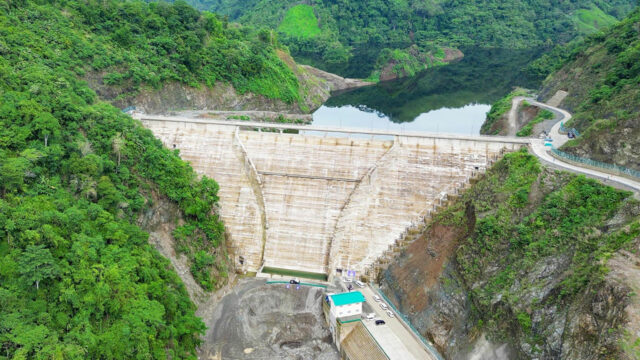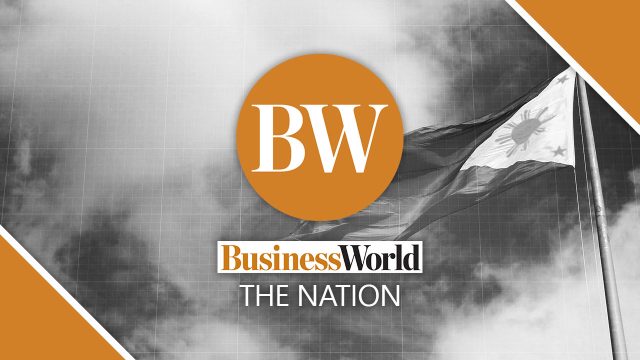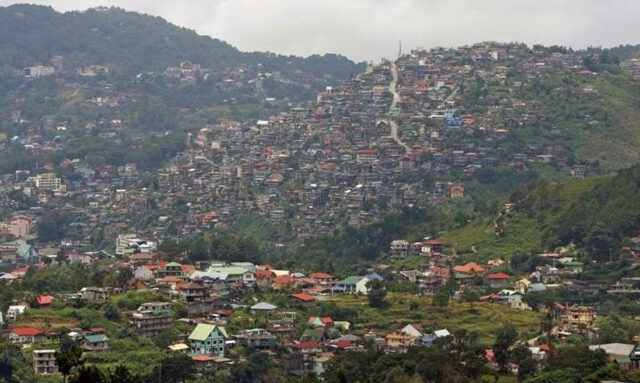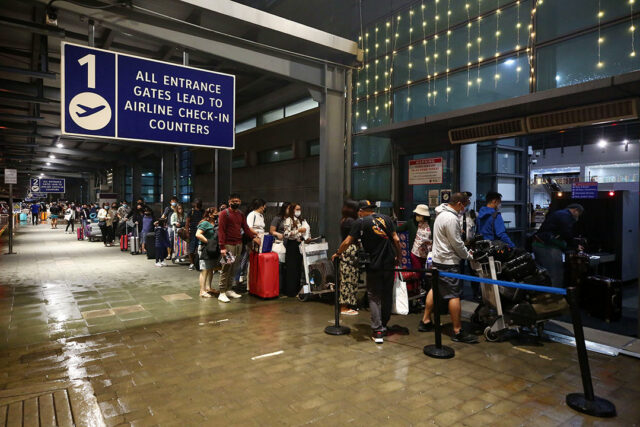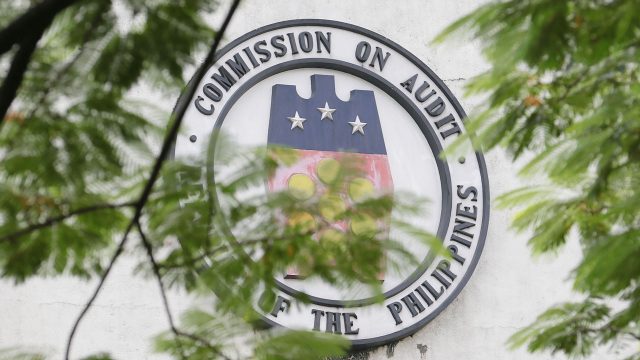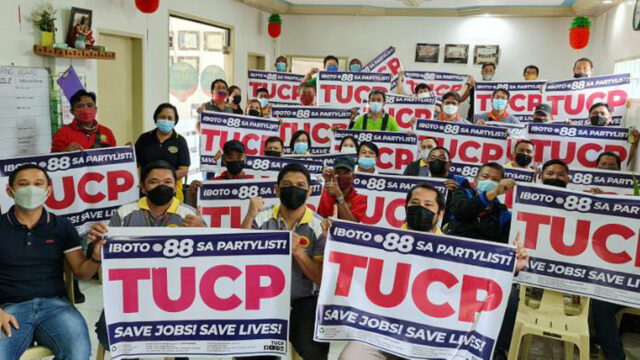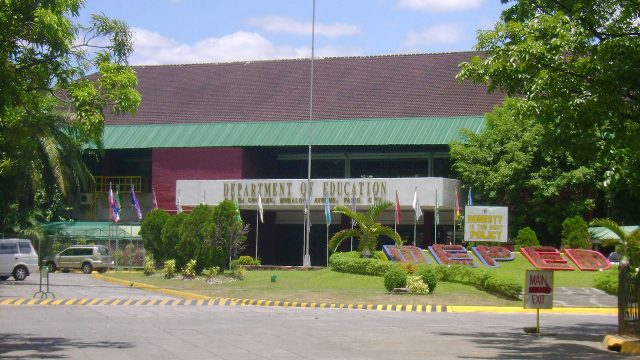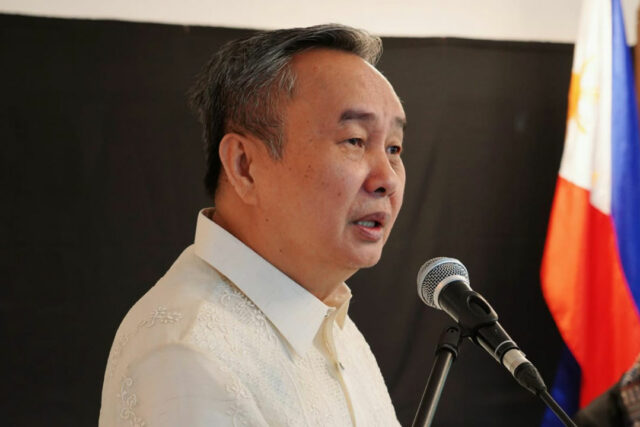Marcos greenlights Iloilo dam project
PHILIPPINE President Ferdinand R. Marcos, Jr. on Tuesday greenlighted a water reservoir project in Iloilo province in central Philippines.
The P19.7-billion Jalaur River multipurpose project-Stage II (JRMP II) in Calinog, Iloilo is the largest water reservoir outside the main island of Luzon, he said in a speech, based on a transcript from his office.
“Costing almost P20 billion, the JRMP II has three key components — irrigation development, environmental and watershed management and institutional development,” he said.
The dams under the project span over 80 kilometers with a service area of 31,840 hectares, the presidential palace said.
It said 25,000 farmers are expected to benefit from the project.
The Supreme Court in 2012 issued a Writ of Kalikasan on the mega-dam project amid concerns that it would displace thousands of residents including indigenous people and cause flooding.
The project’s ceremonial groundbreaking was held on Feb. 21, 2013, but civil works started only on April 10, 2019, about four decades after the first stage was completion in 1982, according to the palace.
The President said the project could increase annual rice production in Region 6 by 160,000 metric tons, “which is almost 20% of the region’s annual rice requirement.”
It would also generate 6.6 megawatts of hydroelectric power, boosting Panay Island’s power supply, he added.
“Additionally, it is also proposed to develop inland fishery, floating solar energy systems and ecocultural tourism in the near future.”
The project, which received a grant from the South Korean government and an equity from the Philippine government, is expected to become fully operational next year. — K.A.T. Atienza

